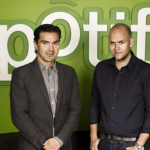Since its launch, Shazam has become an indispensable tool for music lovers worldwide. It’s simple: it’s rare for a person to have never used the app. Over the years, it has added new features and refined its formula, becoming a comprehensive solution that serves as a proper complement to music streaming platforms. Who invented Shazam and how does it work? What’s Shazam’s history?
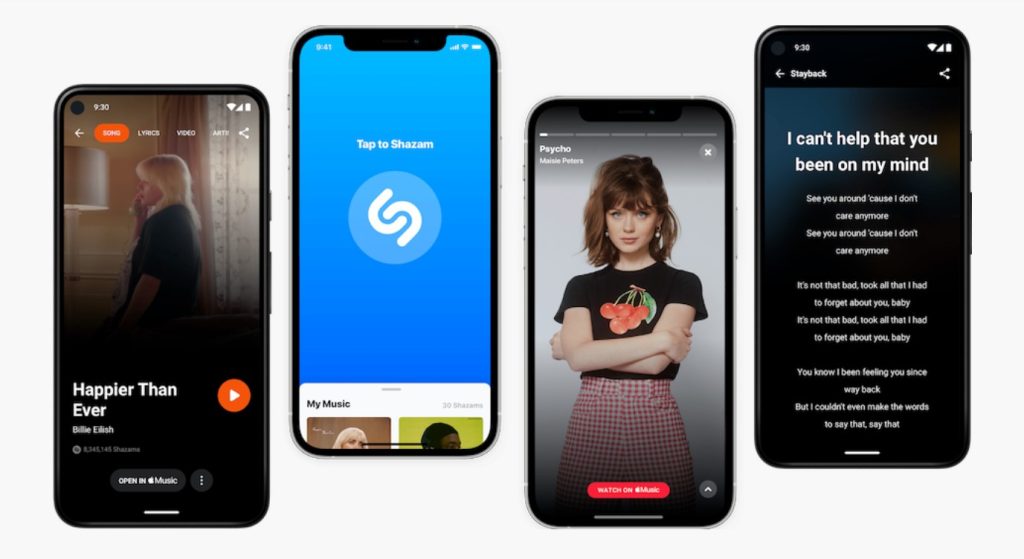
Come aboard!
Who invented Shazam and how does it work? The early days.
Shazam originated with Dhiraj Mukherjee and Chris Barton, two friends who regularly exchanged ideas on possible business models. Chris enjoyed music and discovering new artists, but one thing bothered him. It even annoyed him. And frustrated him. When he heard a song on the radio, he struggled to recognize it or know who was singing it. Dhiraj and Chris believed that by partnering with radio stations, they could develop a tool to identify these songs and then sell them to listeners.
Philip Inghelbrecht and Avery Wanga, a Stanford PhD student in music-related digital signal processing, joined them. Avery still works at Shazam today. The service’s world-renowned algorithm is one of his creations. He had to build everything from scratch, and while the challenge seemed monumental, Avery took it on with passion as his driving force. Convinced that the concept was sound and met a need, Dhiraj quit his job and embarked on the adventure with Chris that would become Shazam.
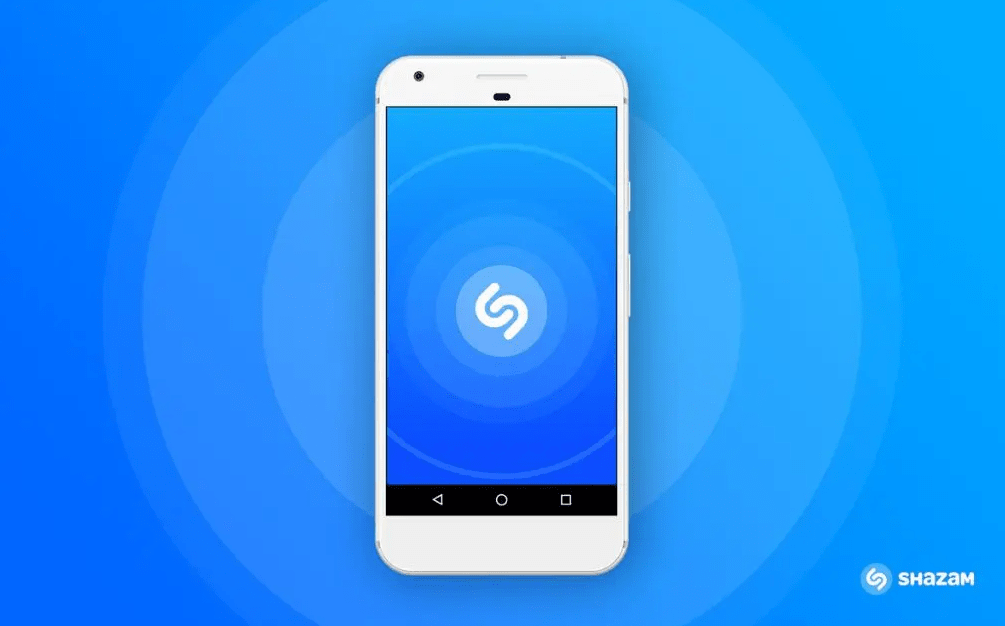
They attempted to develop an innovative business model, including charging for text messages, striking deals with companies selling ringtones, and collaborating with iTunes on affiliate matters. However, nothing worked, and the company’s revenue primarily came from external investments. They raised $8.5 million in 2001, enough to keep them going. But Chris was worried: how long would this last? Especially since investment was scarce, no one believed in Shazam at a time when mobile technologies were still in their infancy.
Roadblocks
Shazam’s four founders faced numerous challenges and considered giving up many times, with some convinced that their startup idea wasn’t viable. Dhiraj even made predictions using a spreadsheet, estimating that the probability of Shazam ever being adopted was only 4%. However, the founders’ focus was not solely on the financial side of their work but rather on creating something valuable and popular with the general public.
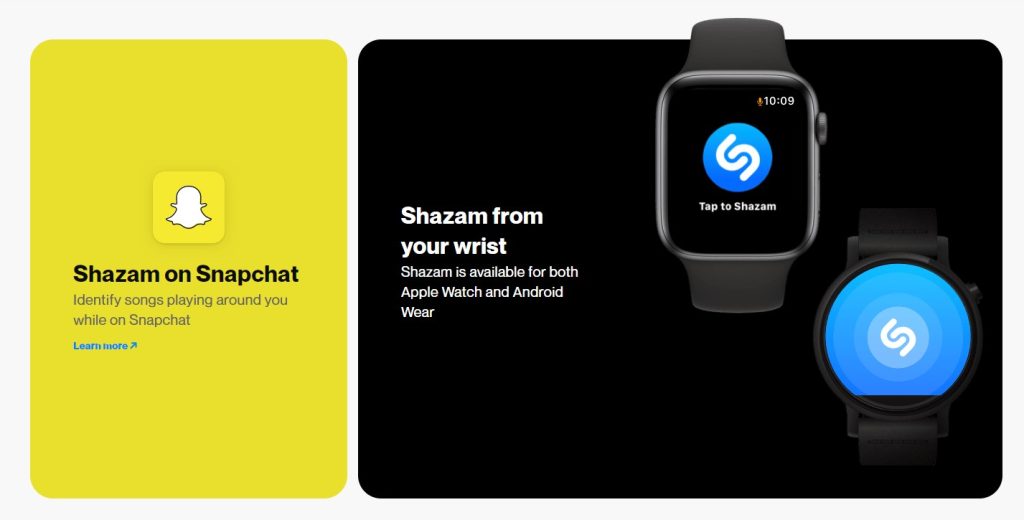
As the months go by, the technology developed by Avery Wang for Shazam is beginning to show its promise. The founders are not giving up, especially now that the internet is transforming the global landscape. Their optimism and belief in the potential of Shazam’s technology is a testament to their vision and determination.
Who invented Shazam and how does it work? Slowly but surely
In 2002, the service was ready and launched on the market. But adoption was slow, too slow. While many people applauded the technological feat, others felt it was ahead of its time. And while this was flattering, it could also be detrimental. The market wasn’t yet mature enough for such technology, and for a long time, it was simply a fun gadget. Chris, Avery, Dhiraj, and Philipp settled in London rather than California, usually an El Dorado for fledgling startups. The reason? The mobile network was more developed in Europe than in the United States. They formed partnerships with the continent’s major telephone networks, including Vodafone.
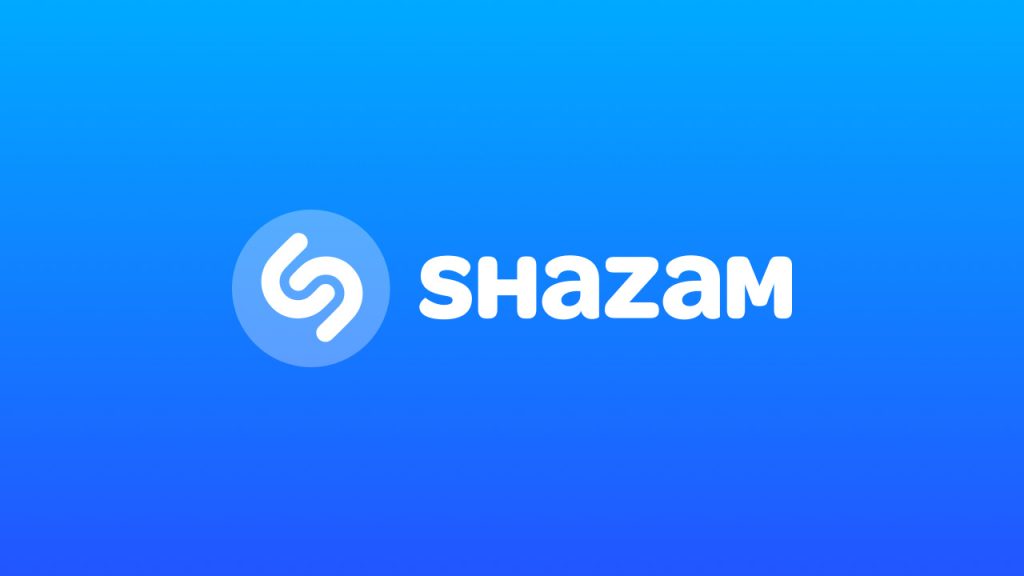
Shazam was still, at the time, far from being the tool it would become. In the early 2000s, smartphones were not yet widely adopted: it was even impossible to browse the internet with one’s phone. And it would take seven years, in 2007, for the first iPhone to be launched. In reality, no one yet knew what an app was. Only 50% of the total population owned a smartphone, but Chris, a visionary capable of predicting market trends, knew that widespread adoption would follow in just a matter of years. The dot-com bubble, about to burst at the time of Shazam’s development, failed to live up to its promises and plunged the world of new technologies into uncertainty. It was then necessary to hang on to avoid sinking and hope that the future would brighten up again.
Creating a service like Shazam seemed almost madness. But that’s often how legends are written, isn’t it?
Text messages!
So, what does Shazam look like? Hold on tight: people wanting to know what song they’re listening to must call a dedicated number, hold their phone to the radio speakers, and wait a few seconds for a text message with the song’s name and artist. This process involves a complex algorithm that analyzes the audio signal and matches it with the unique acoustic fingerprint of the music in Shazam’s database. They are charged 50 cents per call, an amount added to their phone bill. This business model is only possible in Europe: the premium SMS system had not yet arrived in the United States, which would have made any potential revenue generation on American soil impossible.
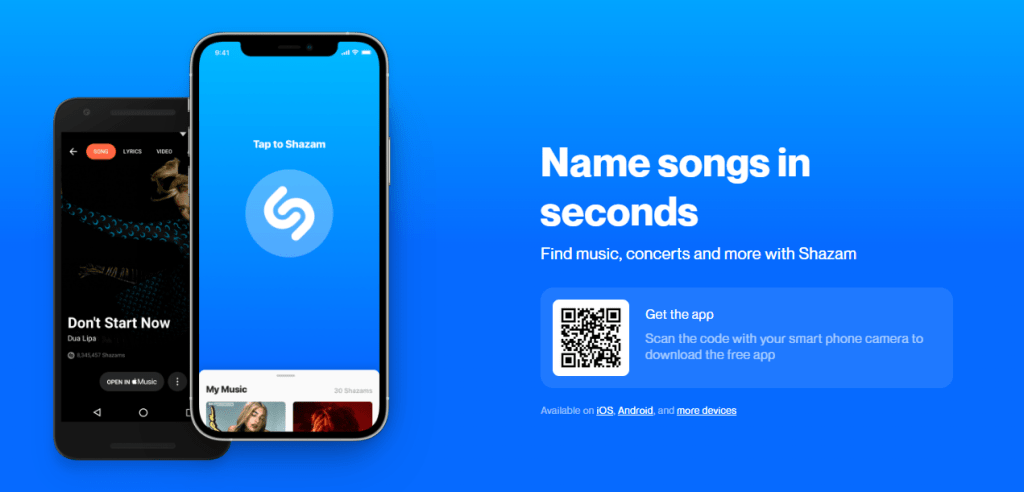
In 2002, Shazam had a million songs in its database and could respond to users in about fifteen seconds. One of Shazam’s main challenges was building its database. Spotify, iTunes, and Apple Music didn’t yet exist, so they had no structure to build on. The workload was colossal, but it laid the foundation for Shazam’s quality standards. To succeed, they partnered with a CD distributor and hired young workers who worked all day, transforming the CDs at their disposal into digital data.
More than twenty years later, the waiting time has been reduced by a factor of seven, and the database boasts hundreds of millions of titles.
Who invented Shazam and how does it work? Getting there!
When the iPhone was officially released and widely adopted, everything changed for Chris Barton and his teams. In 2008, with the launch of the App Store, Shazam was no longer a simple tool with a complex user experience but rather a popular feature that gained increasing popularity over the months. It was also one of the first apps available in the App Store. This partnership with Apple would prove fruitful in the years to come. In hindsight, the day the App Store launched was the day that changed everything for Shazam. It was like a small revolution. Shazam evolved from a service that required users to call a dedicated number to a user-friendly app that could instantly identify songs, even after a massive invasion of other apps.
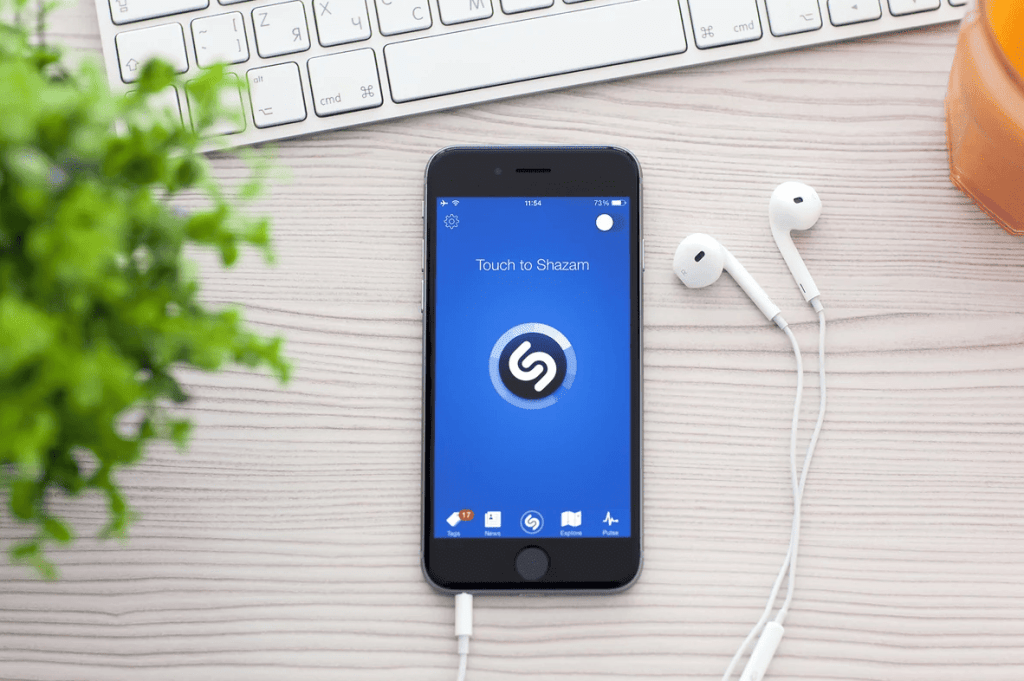
Thanks to ads displayed within the app, Chris and his colleagues definitively escaped their initial partnerships with mobile companies and paved the way for their financial independence. In October 2008, Shazam was made available to Android users. An additional launching pad. From that moment on, Shazam never looked back. Three years later, a new milestone was reached: in addition to music, the service could identify advertisements and TV shows, further expanding its horizons.
Milestones
In 2015, Shazam was valued at $1 billion. However, it wasn’t until 2016 that the company experienced its first profitable period. Advertising revenue allowed them to keep afloat. Two years later, in 2018, the company’s trajectory underwent a definitive change. Shazam was acquired by Apple and directly integrated into its tools for $400 million. Apple claims that a billion Shazams—yes, Shazam has become a verb—are recorded each month.
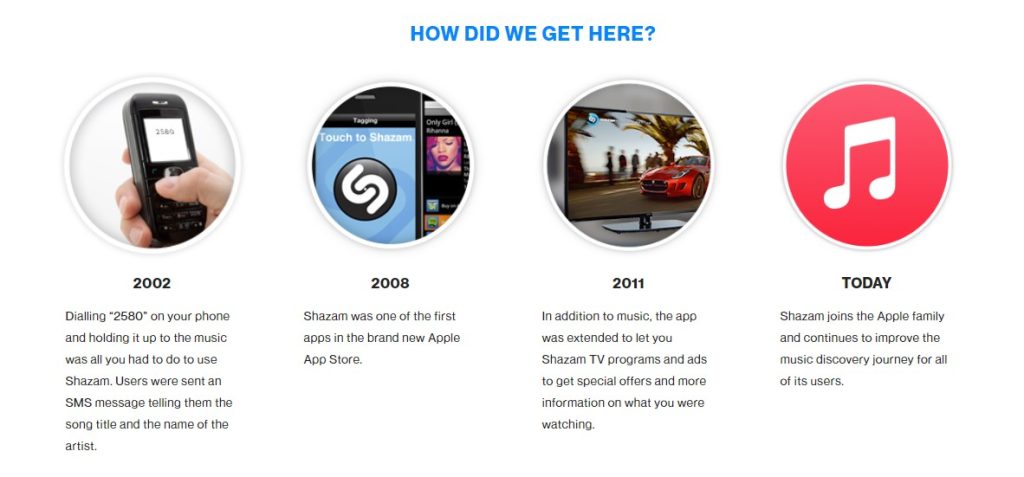
In May 2022, Shazam surpassed two billion installations and 70 billion Shazams.
The story is beautiful, inspiring, and full of courage, but you’re probably wondering: how does Shazam work?
How does Shazam work?
It’s a question everyone is asking: how does Shazam work? For those unfamiliar with AI and new technologies, Shazam is almost like magic. It is, of course, way more complex than that. Since its inception, Shazam has relied on audio fingerprinting technology. In short, this technology enables sound patterns to be linked to metadata stored in a massive database.
The algorithm developed by Avery Wang serves as a benchmark and is regularly cited in academic articles as a relevant example of identification. Shazam is based primarily on the principle of “sound,” a “vibration that propagates as a mechanical wave of pressure and displacement, through a medium such as air or water.” These analog elements must then be converted into digital elements to provide a working basis. Shazam first identifies the collected data via a spectrum, within which it identifies frequency peaks. This pair is then indexed in a database, which is also capable of finding correspondences between time frequencies.
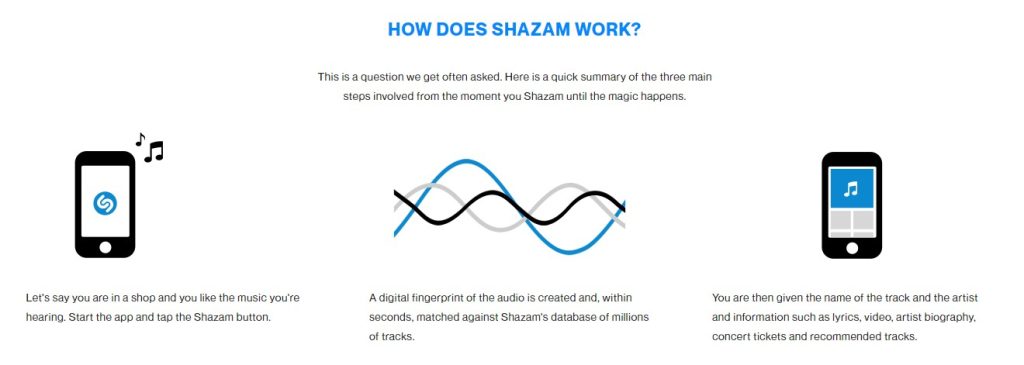
By identifying sound distortions, time markers, and the amplitude of a signal, Shazam creates a fingerprint of a song and thus recognizes it. It works as a spectrum, which increasingly narrows its scope as new elements are captured during the identification process: this is called combinatorial hashing, allowing for a closer approximation of the final result.
The tool only requires twenty seconds of audio to perform its job. Chris Barton summarizes his technology as follows:
“The technology used AI pattern recognition, three-dimensional graphs of energy, graphs against time and frequencies, and combinatorial hashing for fast search, and was considered the first mass-consumer AI,” Barton said.
For those who would like to go into more technical details, including an analysis of the Shazam code, we recommend this article.
How to transfer Shazam library to Spotify and Apple Music?
Soundiiz works differently with Shazam than with other applications. We cannot directly retrieve data from your account and store it on Soundiiz, nor can we transfer Shazam to Spotify directly. However, when you link your Shazam account to Spotify, a “Shazam” playlist is created on Spotify. The same goes for Apple Music. It’s these playlists that you can then transfer using our Transfer function.
As explained on our Support page, you can also extract your Shazam data using this page.
Once you have the archive, extract the “SyncedShazams.csv” file and upload it to Soundiiz using the “Import playlist” option located at the top right of the interface.
You can also access your Shazam Library interface directly and select “Download CSV.”
It’s straightforward and only takes a few minutes to transfer Shazam to Spotify or Apple Music. For other streaming services, we’ve also thought of everything.
How to transfer your Shazam library to Deer, YouTube Music, Amazon Music, Tidal, etc?
Here, too, the procedure differs slightly from what you’re used to. You have to go directly through Shazam.
As explained here, taking the example of a transfer from Shazam to TIDAL, here’s the procedure you’ll need to follow:
- Open the Shazam web interface and go to My Library
- Select the Download CSV option at the top of the list
- On Soundiiz, go to the Playlists tab and choose Import Playlist / From File
- Upload the .csv file and confirm to import your Shazam list to TIDAL
You can then easily switch between Shazam and YouTube Music, Shazam and Amazon Music, Shazam and Deezer, Shazam and Qobuz, and many more.
Go ahead and subscribe to Soundiiz, then start using Shazam!



